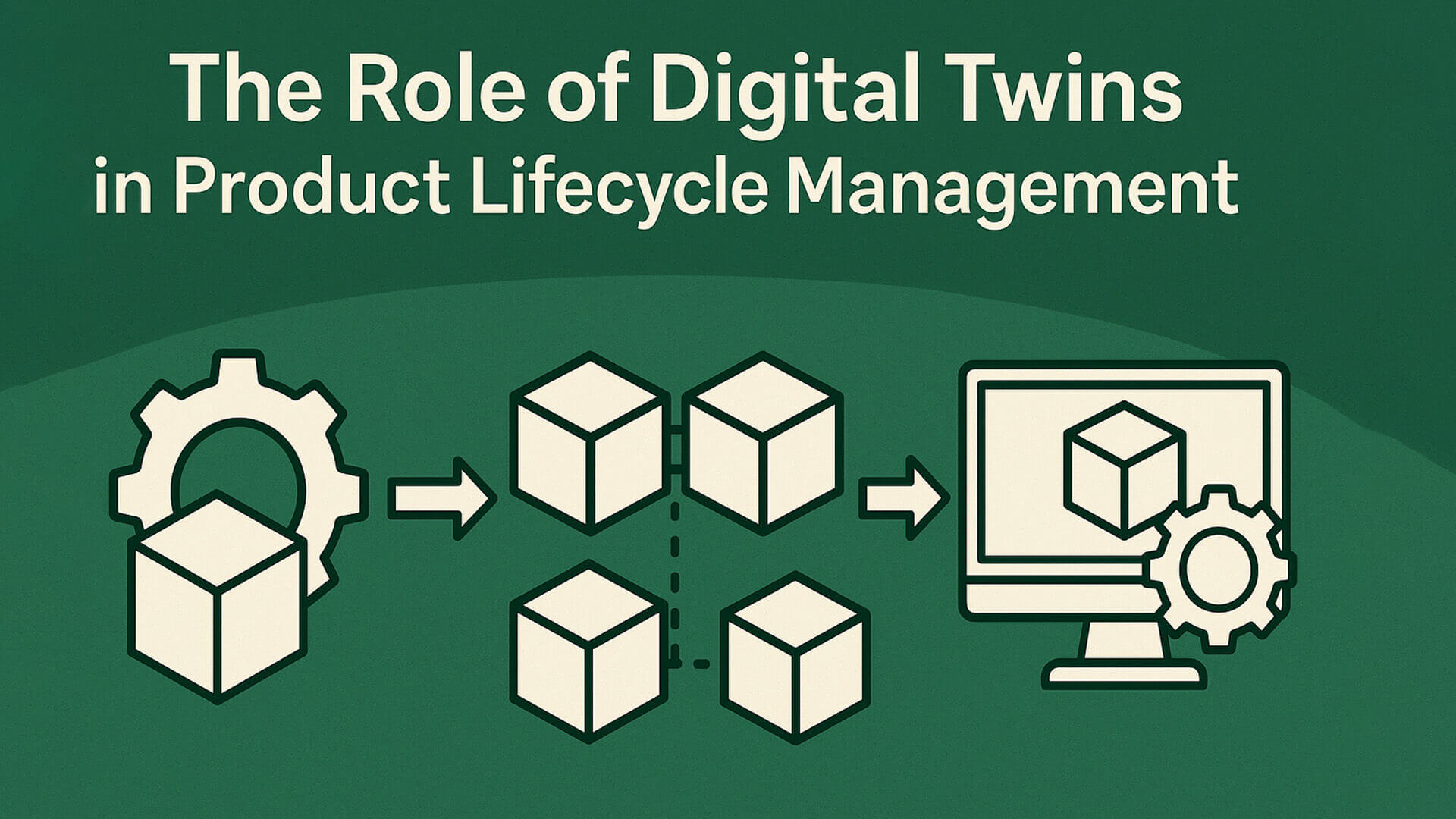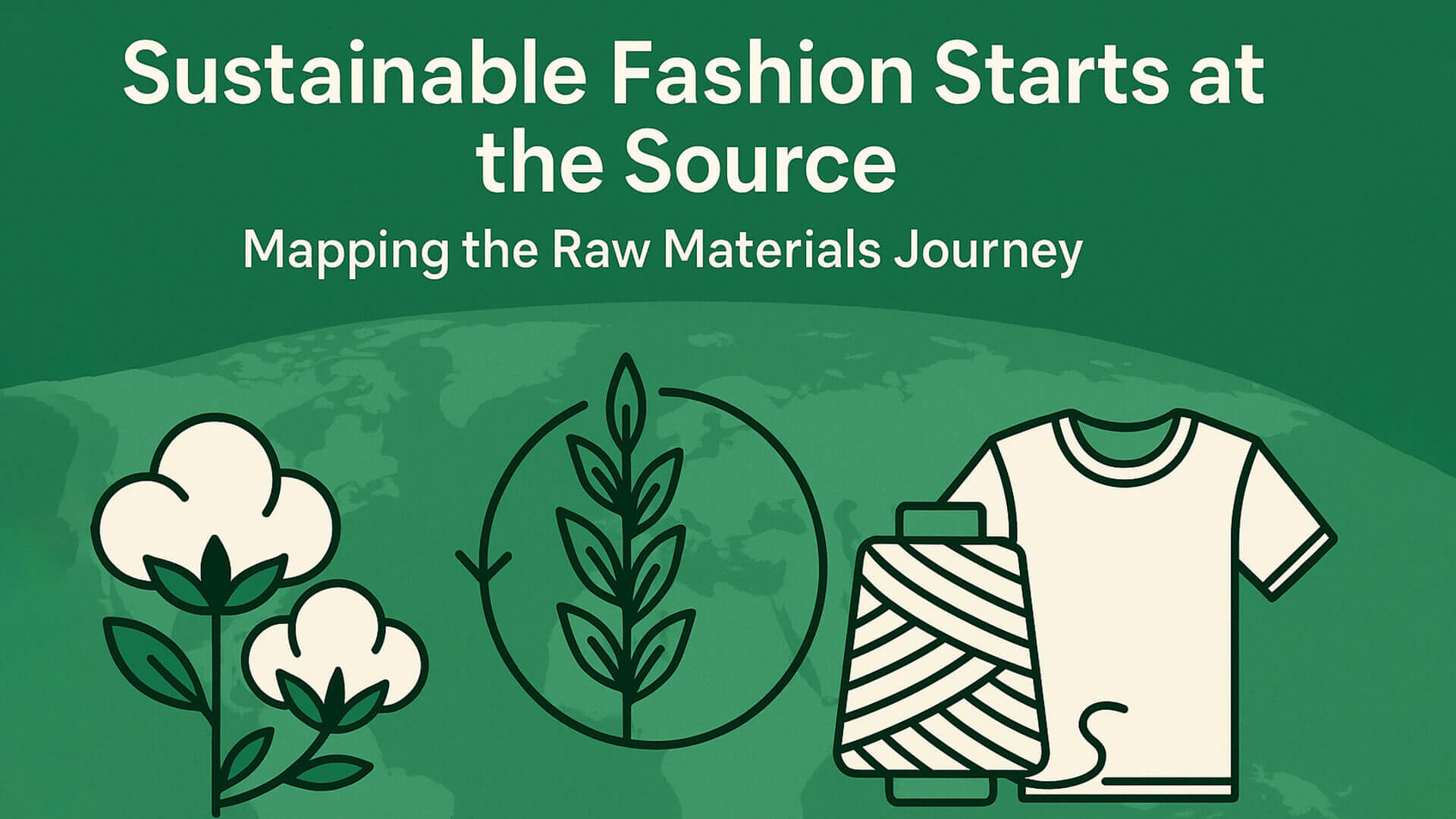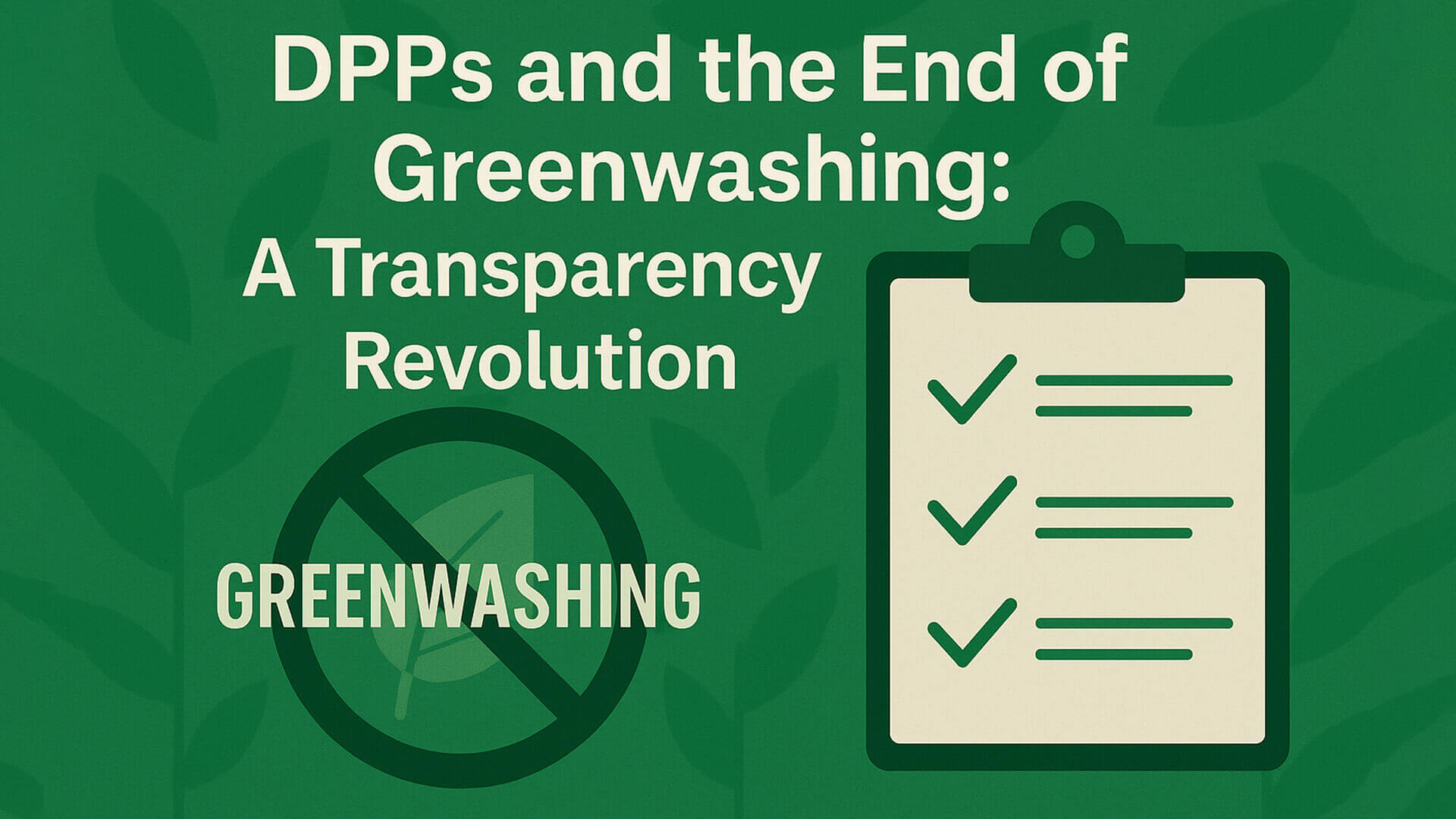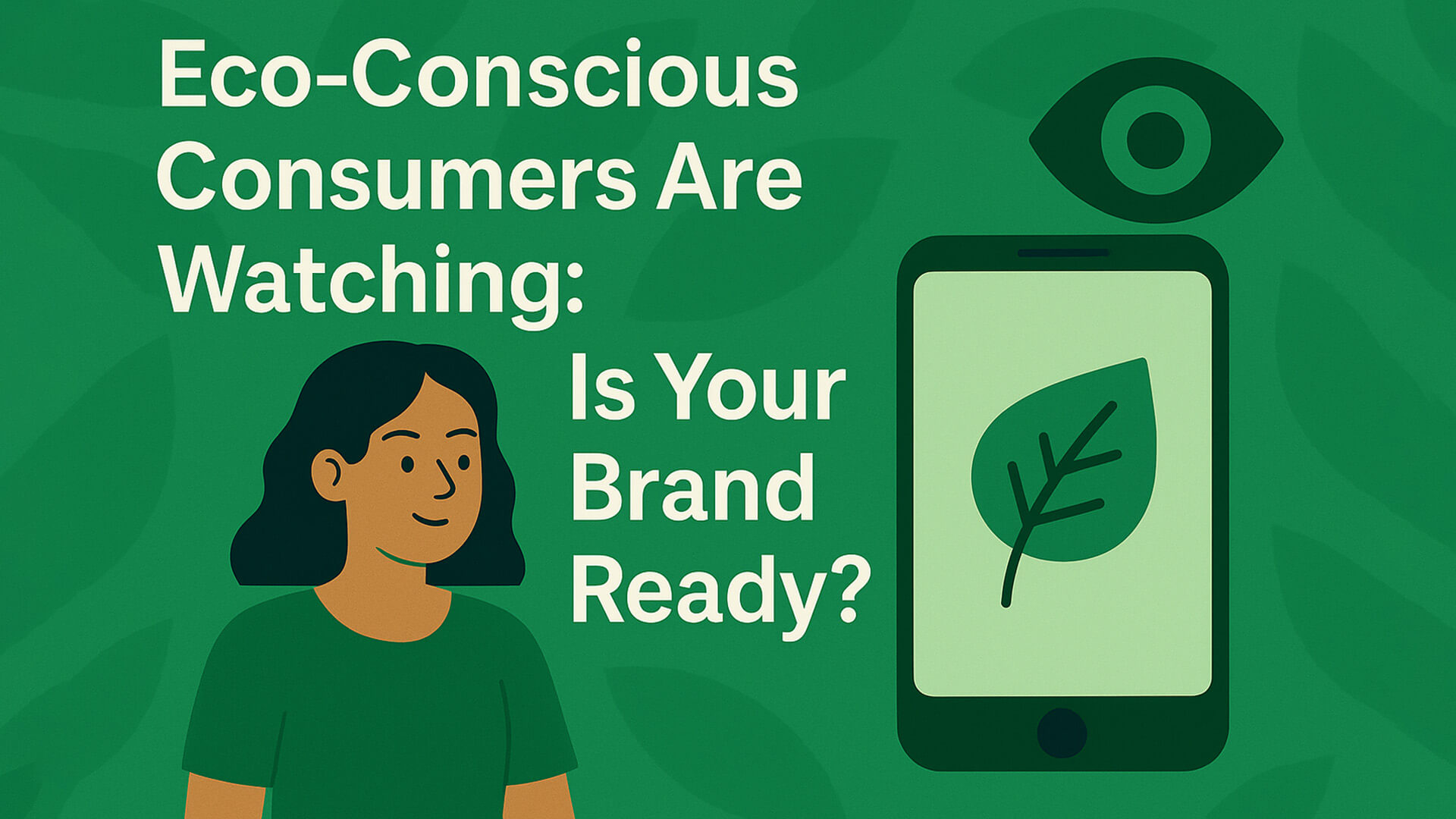- info@greenthreadsdpp.com
- Southampton, United Kingdom
Customised Product Pages: A Key to Enhancing Consumer Awareness of Sustainability.
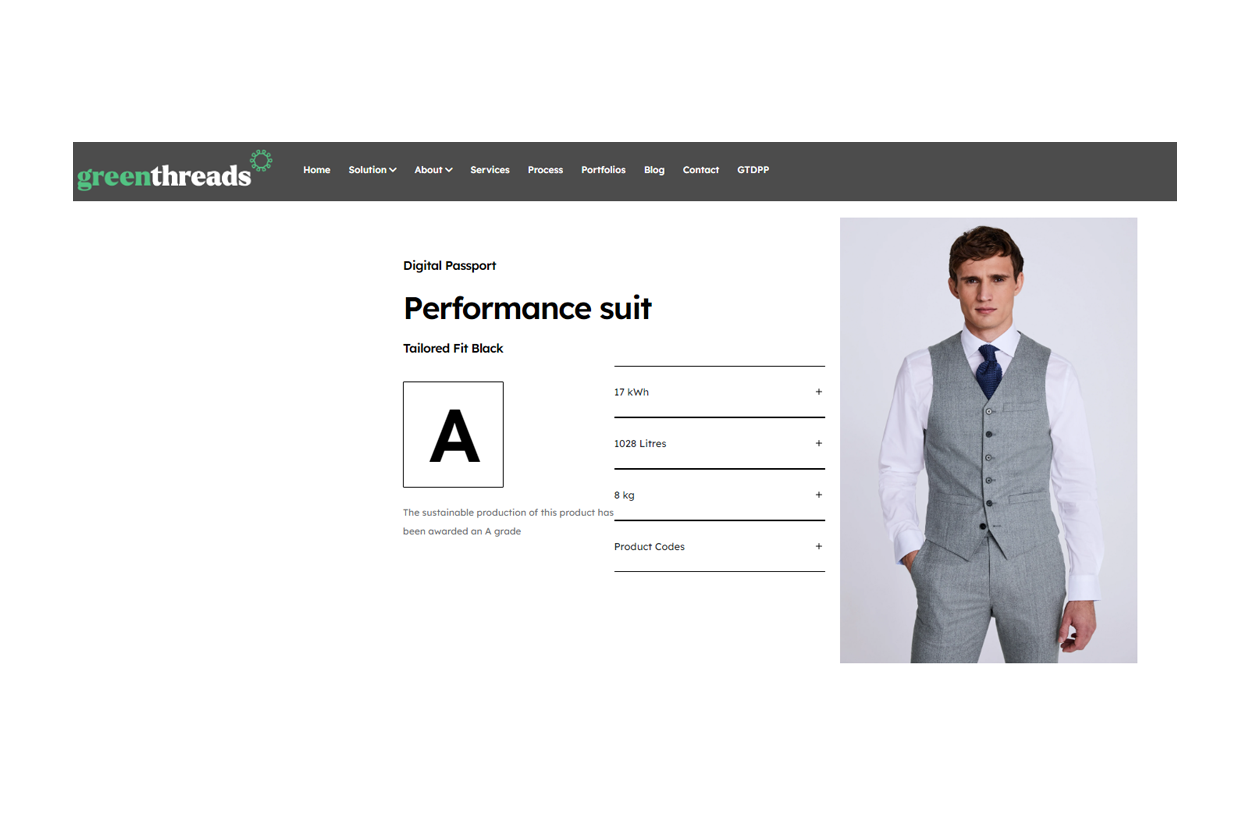
In today’s environmentally conscious market, consumers are more informed and selective about the products they purchase. Sustainability has transitioned from a niche concern to a mainstream expectation, prompting brands to rethink how they present their products. One effective strategy is through customised product pages. These pages not only provide essential product information but also highlight sustainability efforts, making them a powerful tool for enhancing consumer awareness.
The Importance of Customised Product Pages
Customised product pages serve as a digital storefront where brands can showcase their products in a way that aligns with their sustainability goals. A well-designed page can:
- Communicate Value: Highlighting sustainable practices helps consumers understand the value of their purchases.
- Build Trust: Transparency about sourcing, manufacturing, and environmental impact fosters consumer trust.
- Drive Engagement: Engaging content, such as stories behind products or testimonials, can keep consumers interested and invested.
Understanding Your Audience
To create impactful customised product pages, it’s essential to understand your target audience. Conduct market research to identify:
- Demographics: Age, gender, location, and income level can influence sustainability priorities.
- Psychographics: Values, lifestyle choices, and purchasing behaviours can guide content and design decisions.
- Pain Points: Understanding common concerns related to sustainability can help tailor messaging effectively.
Key Elements of Customised Product Pages
-
Compelling Product Descriptions
- Focus on clear, engaging language that outlines the sustainability features of the product.
- Highlight materials, sourcing practices, and production methods that contribute to its eco-friendliness.
-
Visual Storytelling
- Use high-quality images and videos to showcase products in use, illustrating their functionality and environmental benefits.
- Incorporate infographics that highlight key sustainability metrics, making complex information digestible.
-
Customer Reviews and Testimonials
- Feature reviews that specifically mention the sustainability aspects of the product.
- Encourage customers to share their experiences with the product’s environmental benefits.
-
Sustainability Certifications and Labels
- Display certifications (e.g., Fair Trade, organic, carbon-neutral) prominently on the product page.
- Explain what these certifications mean to build consumer understanding and confidence.
-
Interactive Elements
- Incorporate tools that allow customers to calculate their carbon footprint or explore the lifecycle of the product.
- Use quizzes or polls to engage users and provide personalised recommendations based on their sustainability preferences.
Best Practices for Creating Effective Customised Product Pages
-
Keep It User-Friendly
- Ensure that the layout is intuitive, making it easy for consumers to find information.
- Optimise for mobile devices, as many consumers shop on their phones.
-
Focus on SEO
- Use the main keyword "Customised Product Pages" strategically throughout the content, including headings and meta descriptions.
- Incorporate relevant long-tail keywords to capture specific search queries related to sustainability.
-
Regularly Update Content
- Keep product information current, especially regarding sustainability practices, to maintain consumer trust.
- Add seasonal content or limited-time offers that emphasise eco-friendly initiatives.
Enhancing Brand Reputation Through Sustainability
By investing in customised product pages that focus on sustainability, brands can enhance their reputation. A strong commitment to environmental responsibility resonates with consumers, leading to increased loyalty and word-of-mouth referrals.
Measuring Success
To assess the effectiveness of customised product pages, track metrics such as:
- Conversion Rates: Monitor how many visitors complete a purchase after viewing the product page.
- Engagement Metrics: Analyse time spent on the page, click-through rates, and interactions with multimedia content.
- Customer Feedback: Regularly solicit feedback to refine the page content and user experience.
Conclusion
Customised product pages are an essential component of a brand's sustainability strategy. By highlighting eco-friendly practices and engaging consumers with meaningful content, brands can enhance awareness and drive sales. As consumer expectations continue to evolve, businesses that prioritise sustainability in their product presentation will thrive in the competitive landscape.
Call to Action
Ready to enhance your product pages and boost consumer awareness of sustainability? Contact us at Green Threads DPP Ltd to learn how we can help you create impactful customised product pages that resonate with your audience.

